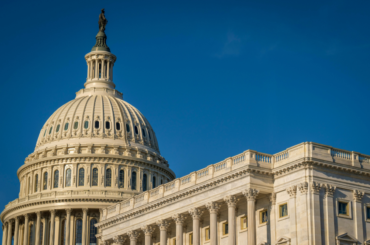As your kids notice signs of the upcoming election and maybe even witness you voting — or as your teens approach voting age — they may be curious about how it all came to be. What are you teaching them about voting and the history of voting?
Research has shown that when parents participate in elections and teach kids about the importance of voting, kids are more likely to vote when they grow up. And the influence can go both ways! Another study revealed that when teens and young adults are active voters, their mothers are more likely to show up at the polls too.
One interesting way to engage young people in conversations about voting is to talk about voting rights. It’s eye opening to find out about entire groups of people who had to fight for their rights to vote, and to think about which current voting rules are fair or unfair — ask your child for their opinions to spark a healthy debate.
Take the voting rights trivia quiz for families
Back in 1776 when the country was founded, voting rights were limited to white male property owners in almost all states. In the centuries since then, various groups have had to fight for the right to vote in elections.
Use these trivia questions and answers to learn more together about the history of voting and voting rights, and what kinds of voter requirements are in place today. When your kids do eventually cast a vote in an election, they might do so with greater appreciation for their ability to vote!







